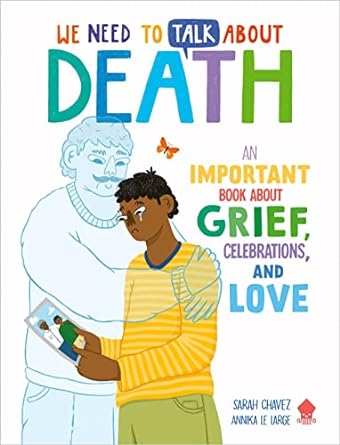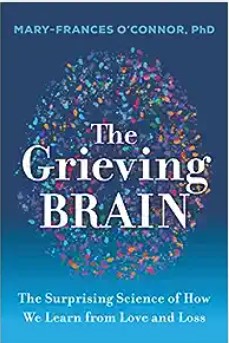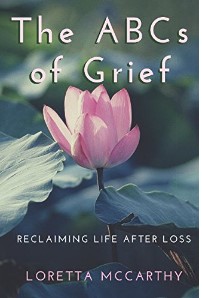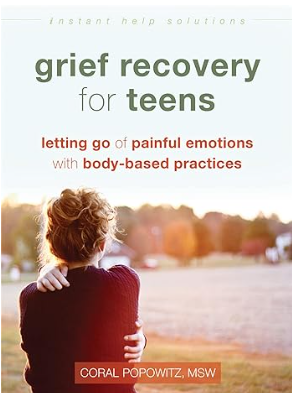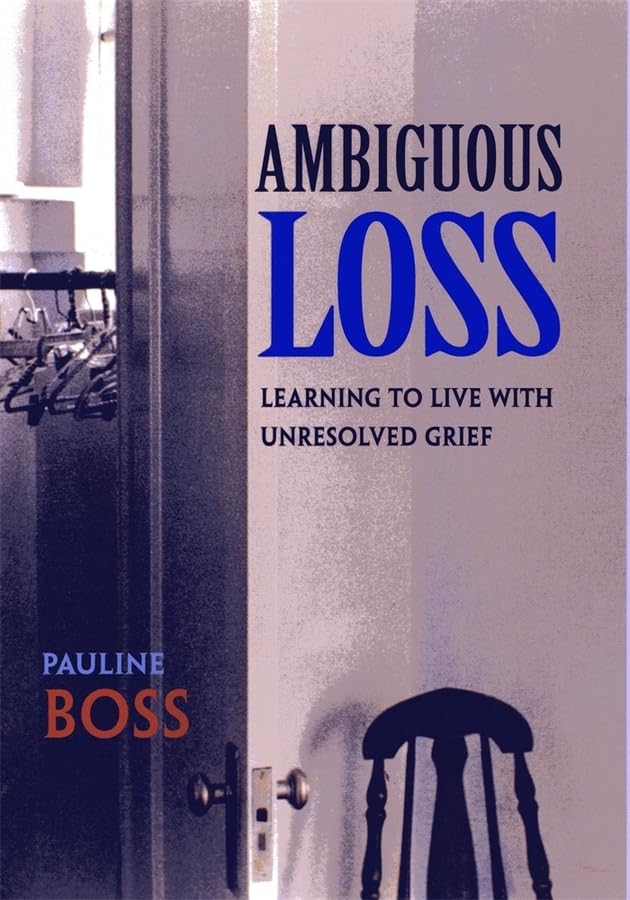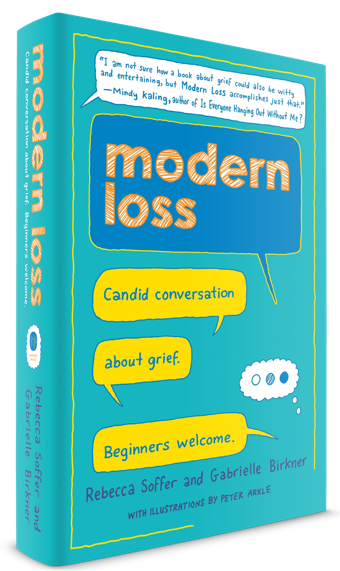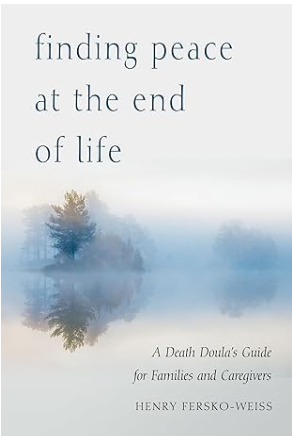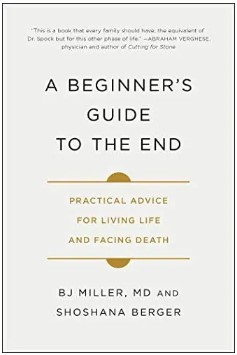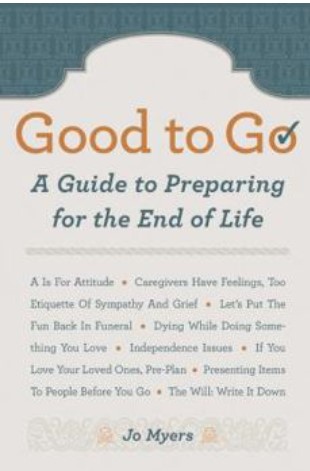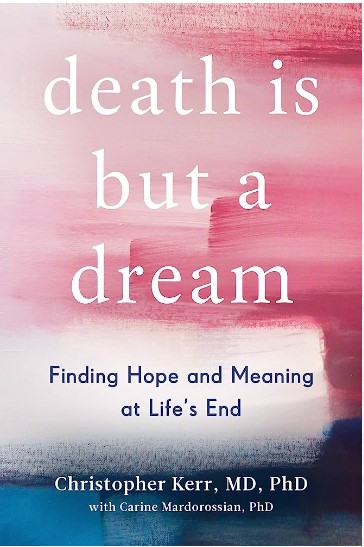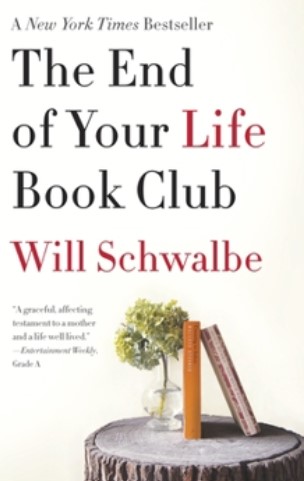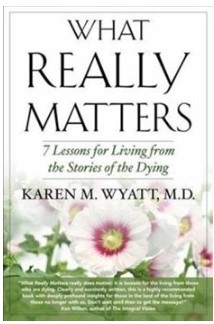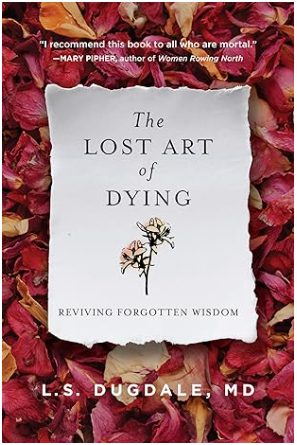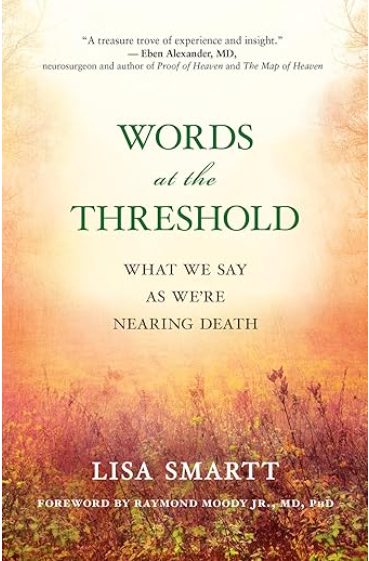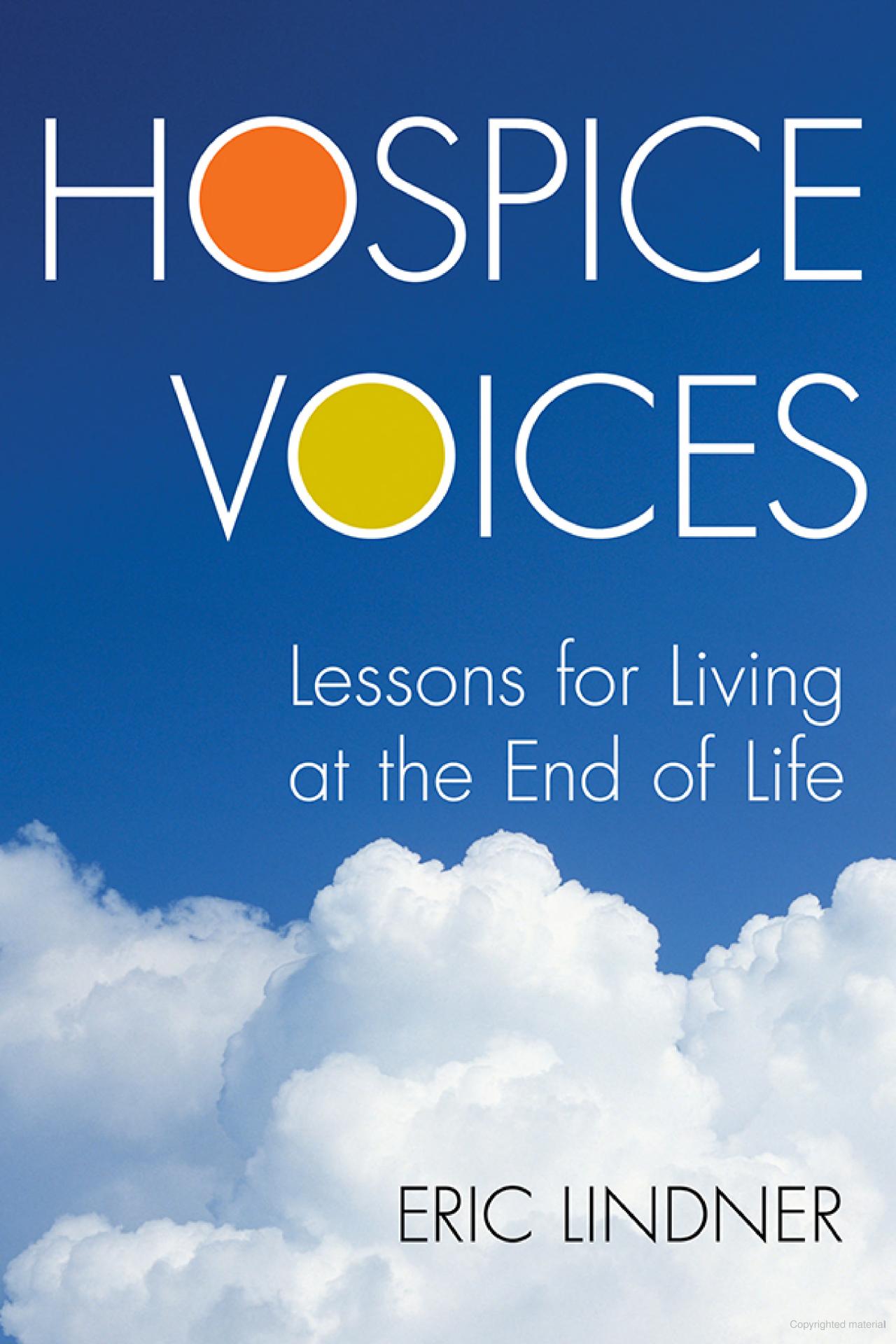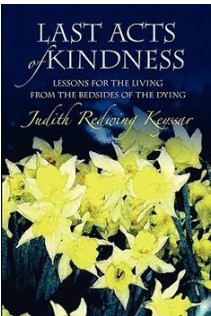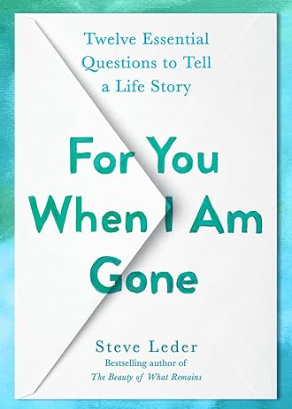Grief: Child, Teen and Adult Grief; Sudden Dealth; Suicide; Ambiguous Loss; Family Estrangement; Brain Science, Modern Technology, Etc.
Click On The Image For Book Review
End of Life Planning - Advance Care Directives, Hospice, Death Doulas, Death Education, Home Funerals, End-of-Life Options Act, After-Dealth Care, Etc.
Click On The Image For Book Review
Death Comtemplation - Exploring Mortality, Lessons From The Dying, Where and How We Die, Etc.
Click On The Image For Book Review
Death Customs, Culture (Old and Modern), Memorials, and Technology
Click On The Image For Book Review
End-Of-Life Articles, Websites
www.dougy.org – The Dougy Center “At Dougy Center, we create safe spaces and free resources for children and families who are grieving.
www.endwellproject.org– End Well Conference- “Not Just A Symposium. A Revolution”
www.orderofthegooddeath.com– Order of the Good Death- “Building A Meaningful, Eco-Friendly, and Equitable End of Life”
www.coalitionccc.org– Coalition for Compassionate Care of California- “Our mission is to make conversations about serious illness a part of everyday life and palliative care part of everyday health care.”
www.theconversationproject.
https://www.thehospiceheart.net – This website is full of info and resources related to Hospice.
www.

